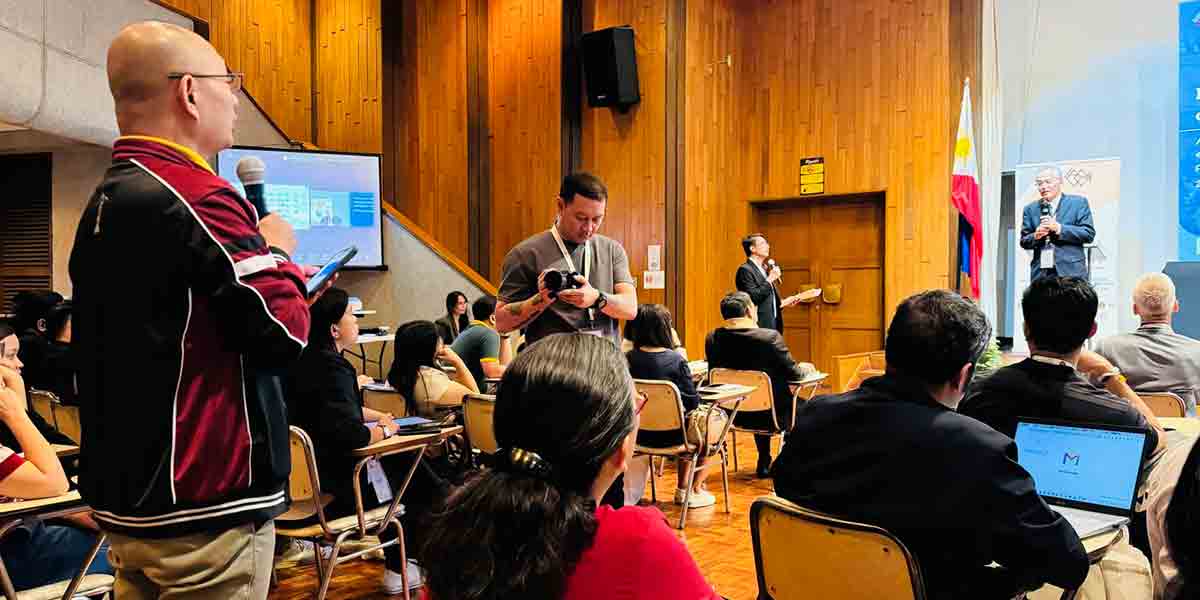Western Visayas stands as a rice production powerhouse in the Philippines, ranking third nationwide in terms of area harvested and production.
Iloilo remains at the heart of this achievement, contributing nearly half of the region’s output, with Dumangas recognized as a key production hub. However, challenges in the local rice market loom, threatening the stability of Iloilo’s rice supply in the coming year.
Rice production in Western Visayas exhibited fluctuating trends from 2018 to 2023, peaking at 2.32 million metric tons in 2022 before a 2.52% dip to 2.26 million metric tons in 2023.
Iloilo’s production, which peaked at 1.07 million metric tons in 2023, also mirrored these variations. While the province expanded its harvested area to a remarkable 311,306 hectares in 2023, a decline in yield—from 4.56 metric tons per hectare in 2022 to 3.42 metric tons in 2023—offset the gains in area.
This drop in yield, coupled with increased demand from bulk rice buyers from typhoon-stricken areas like Mindanao and Luzon, poses a significant risk to Iloilo’s local supply.
Traders, often securing their stock during the planting season, are seen as a double-edged sword—providing market access for farmers while threatening local food security.
The impact on Iloilo’s rice market could be severe, leading to higher prices and potential shortages for local consumers.
Despite being self-sufficient in production, the province’s commitment to external buyers underscores a need for balance between profit and local supply.
To stem supply curtailment, Iloilo must adopt strategic interventions.
First, strengthening local rice reserves through government buybacks can ensure a stable supply for Ilonggos.
Second, enhancing irrigation systems and adopting resilient rice varieties will improve yields and counter the effects of unfavorable weather conditions.
Third, the provincial government should implement policies to regulate rice trading, prioritizing local needs over external commitments.
Moreover, engaging in public-private partnerships for infrastructure development, such as post-harvest facilities, can reduce post-harvest losses and maximize production.
Supporting farmers through subsidies for modern equipment and access to financial credit will also bolster productivity and profitability.
The trajectory of Iloilo’s rice production highlights its critical role in Western Visayas and the nation.
However, proactive measures are vital to balance its contribution to national food security while safeguarding the needs of its residents.
Failure to act could leave Iloilo vulnerable to the very shortages it helps mitigate elsewhere.





















